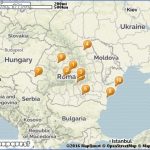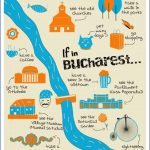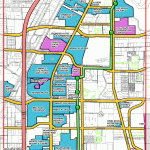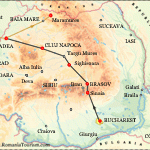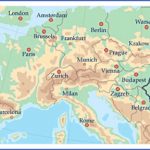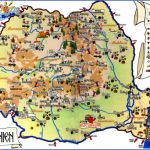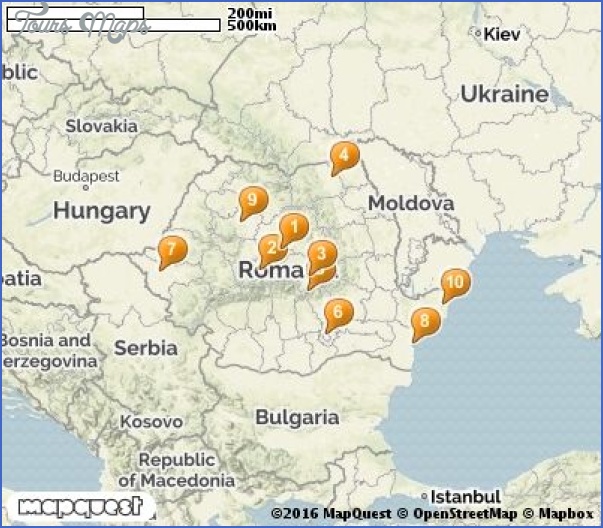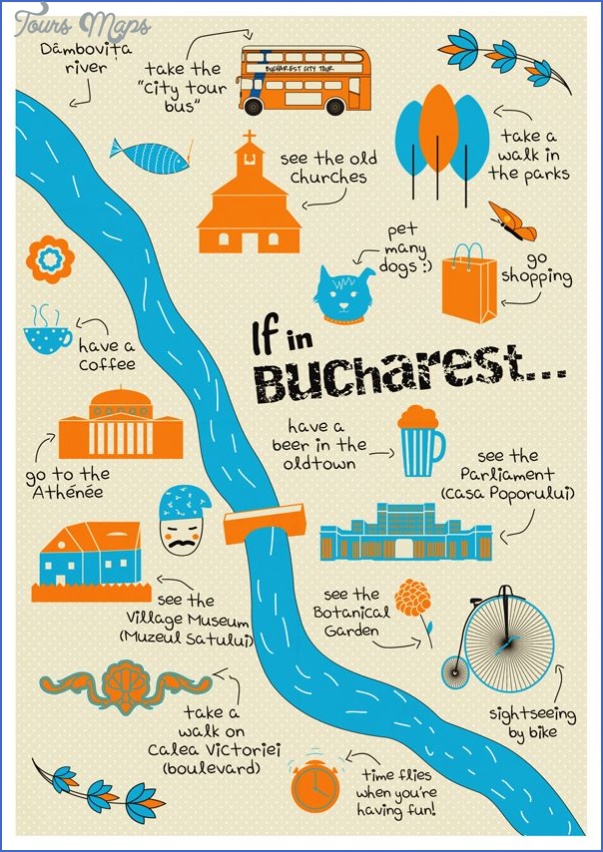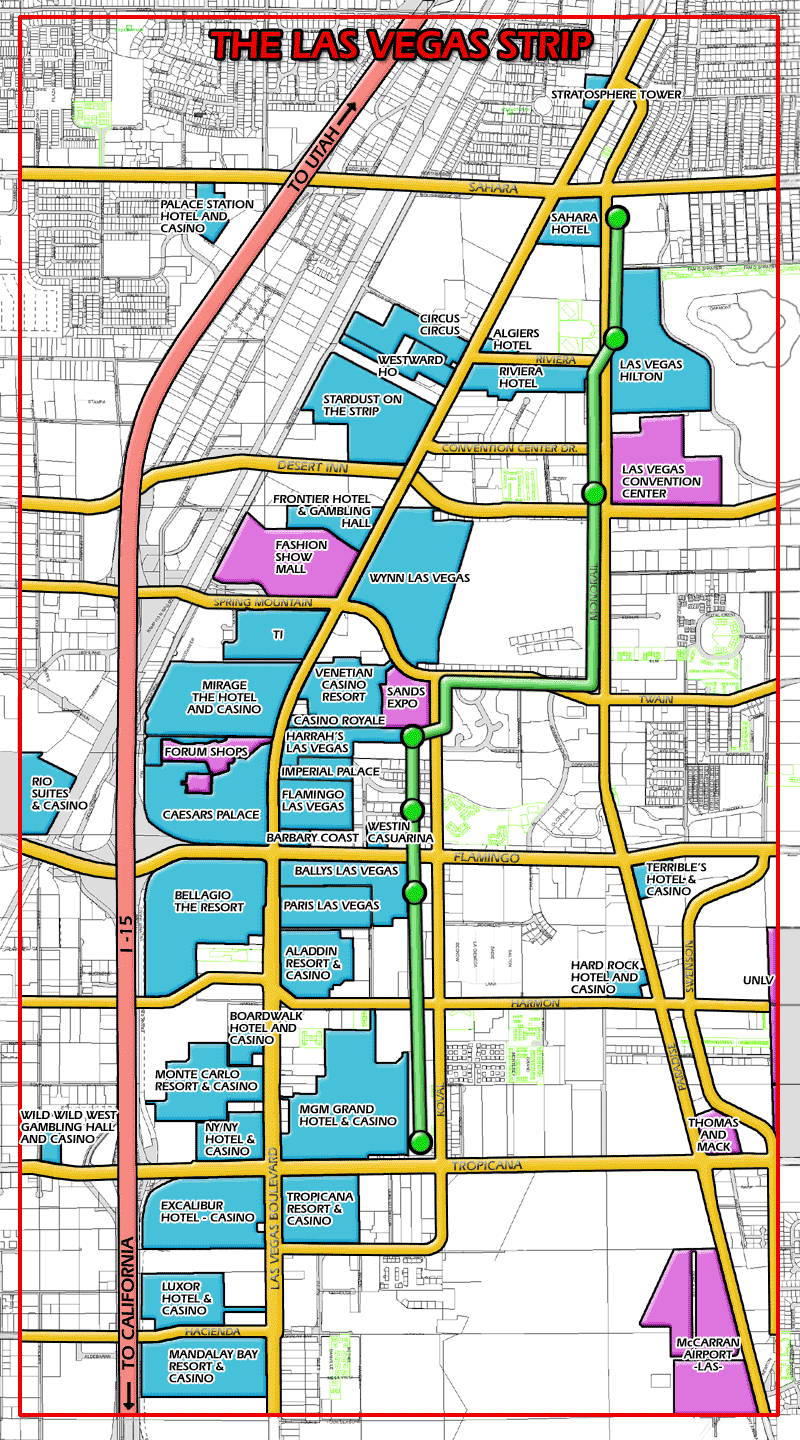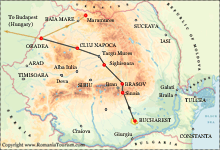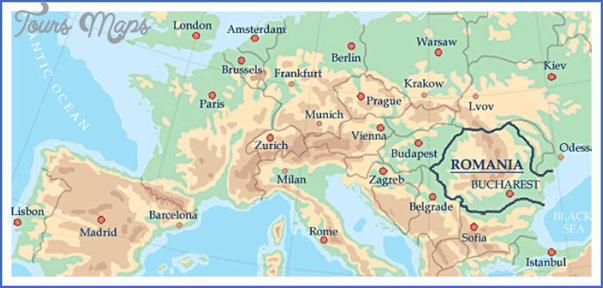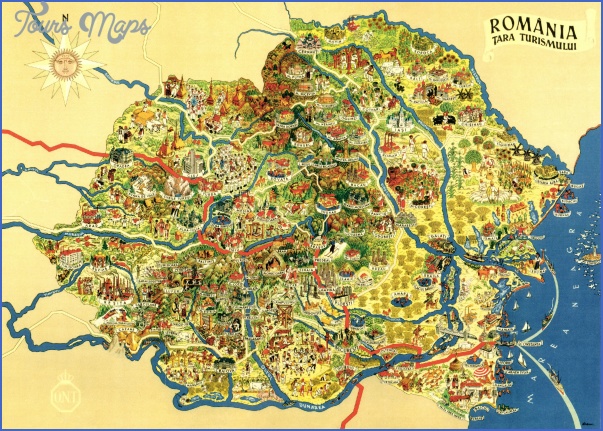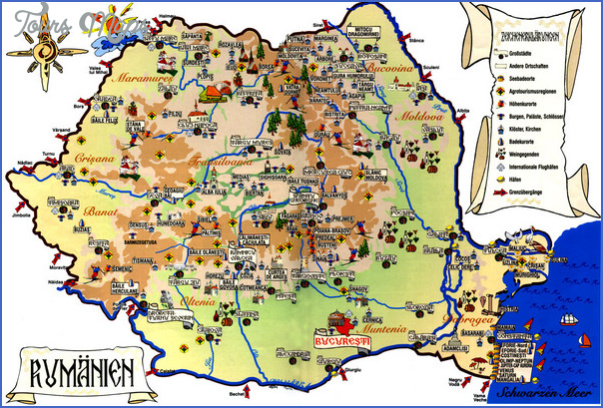The University Square The Palace of Culture in Iasi Romanian towns
Owing to an eventful history, the Romanian territory, now unitary, has a series of urban centers of a relevant importance, from an artistic and cultural point of view, as well as from an economical, political and financial one. Throughout the ages Romania was divided into three relatively independent provinces (Walachia, Moldavia and Transylvania), which entailed a strong development of certain towns which fulfilled for centuries the role of “capital cities” of certain regions and where, through the ages, the political, military and financial power were concentrated. This is why the main cities of Romania represent essential elements in the process of building a comprehensive image of what makes up this country’, from a cultural and touristic point of view.
Iasi
This is the most important cultural, economic and politic center of Moldavia, being, at the same time, one of the oldest Romanian towns and the country’s second important university center (after Bucharest). Its artistic life and rather bohemian air bestow an additional appeal to the Moldavian metropolis. Iasi is situated on seven hills and has 120 historical sights, being nicknamed “the museum-city”. Among the touristic attractions o the city we have to mention: The Palace of Culture, the site of the “Moldavia” National Museum Complex, Iasi, and which includes: the Musem of History, of Science and Technology “Stefan Procopiu”, of Ethnography, and of Art, The Metropolitan bishopric of Moldavia, The “Vasile Alecsandri” National Theatre, the Golia Church and Tower, the “SF. Nicolae Domnesc” Church, Eminescu’s linden-tree (situated in the center of the Copou Garden, the linden-tree has become the city’s symbol, turning into a real pilgrimage site for romantics); The Botanical Garden (with an area of 105 ha, this is one of the largest gardens in the world); The Cetatuia Monastery, The Galata Monastery, Ion Creanga’s Hut, The “Mihai Emienscu” Central Library.
Constanta
Seaport at the Black Sea, the town of Constanta was founded as a result of the Greek colonization by the tradesmen from Millet in the 7th – 5th centuries BC, bearing the name of Tomis. The main tourist attractions are represented by the Great Mosque in Constanta, the Genovese lighthouse -situated on the city’s promenade, Ovid’s statue, sculpted by the Italian artist Ettore Ferrari in 1887; The Aquarium, The National Museum of Archaeology and History, The Navy Museum, The Roman Mosaic, The “Ion Jalea” Sculpture Museum, The Natural Sciences Museum Complex – the Delfmariu; The Sea Museum, The Astronomic Observatory, the Planetarium, The Animal Micro-Reserve and the Exotic and Decorative Birds Volery, The Museum of Popular Art, The Museum of the Constanta Seaport.
Romania Map Tourist Attractions Photo Gallery
The city of Constanta, visited annually by thousands of tourists, represents the link between the most important Romanian seaside resorts.
The Casino in Constanta The Great Princely Church in Targoviste The Clock Tower – Sighisoara Targoviste
The dwelling place of rulers and capital city between 1396 and 1714, for more than three centuries the town was considered to be the most important economic, political, military, cultural and artistic center of Walachia. Targoviste is the town where Vlad Tepes ruled, the historical figure which inspired the legend of Dracula. The Princely Court, the Chindia Tower, The Gate of Bucharest, The Metropolitan bishopric Church or the Stelea Church are only a few of the touristic attractions of this town abounding in historical marks.
Timisoara
The name of the settlement comes from the Timis River, known in Antiquity under the name of Tibisis or Tibiscus, The town, an economic center in the 18th century, asserted itself during the time when the Habsburg administration was installed. Timisoara has the largest complex of historical buildings in Romania. Its varied architecture, the influences of Viennese Baroque and the multitude of parks have awarded Timisoara the name of “Little Vienna” or “City of parks”. The Bruk House, the Loffler Palace, the Lloyd Palace, The Metropolitan bishopric of Banat, The Orthodox Metropolitan Cathedral, The Fortress Synagogue, The Roman-Catholic Dome, The Roman-Catholic church of the millennium, the Baroque Palace, the National Theatre and Opera in Timisoara, The Huniade Castle or the first beer plant in Romania represent interesting sites for any tourist.
Maybe You Like Them Too
- Romania Road Map Online
- Best Pre-Wedding Photoshoot Ideas
- Romania Map Of Counties
- Romania Map Google
- Romania Map Google Earth

